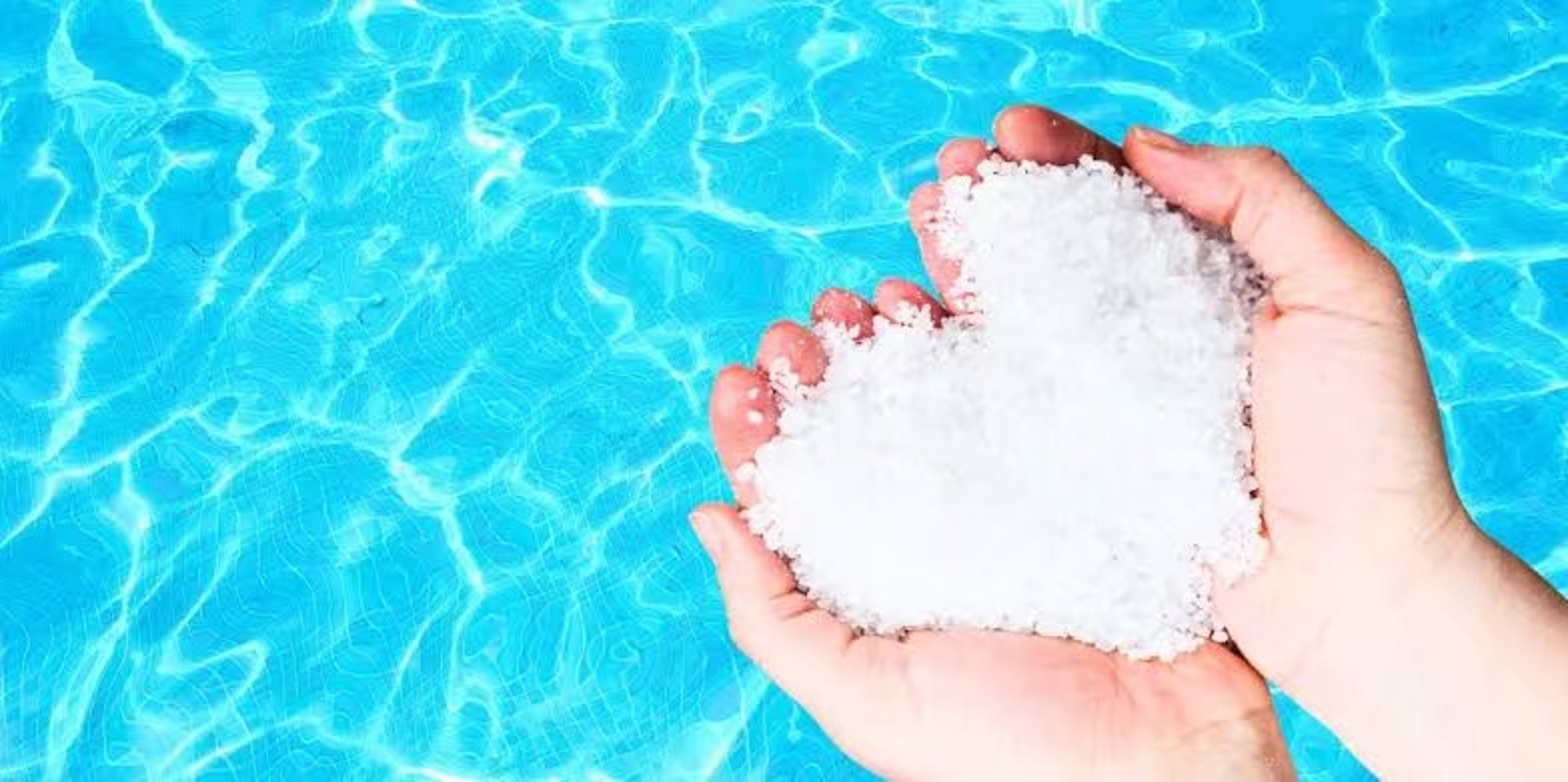
How to Add Salt to a Saltwater Pool
Home / Pool Care Tips /
Adding salt to a saltwater pool is necessary to keep the salt chlorine generator or salt cell working properly and to keep the water clean and balanced. Starting fresh or adding more salt to your pool is simple, whether you’ve just converted a chlorine pool to salt, have a new saltwater pool that needs to be filled, or just need to add more salt to a pool you already have. However, it must be done correctly to avoid problems like scaling or low chlorine production. Here is a quick guide on how to add salt to a saltwater pool correctly, the different types of pool salt available, and saltwater pool maintenance tips to keep your saltwater pool running smoothly.
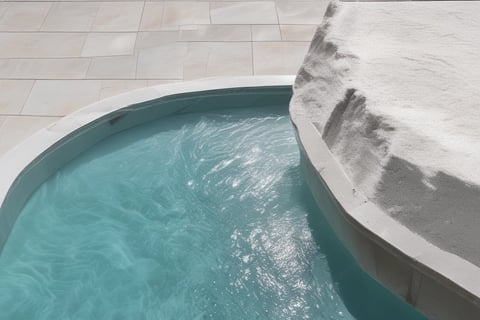

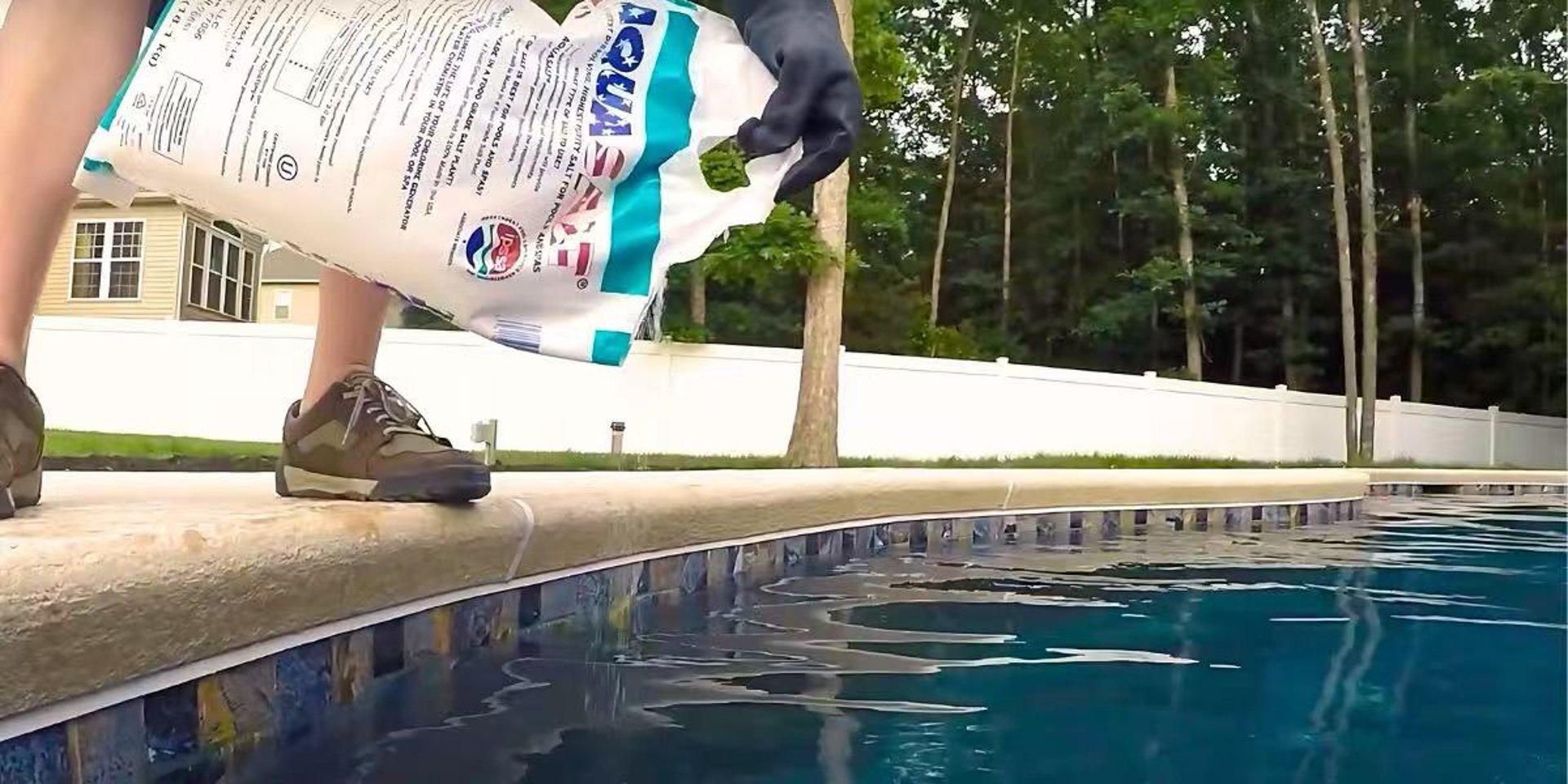
About the Pool Salt
What is Pool Salt?
Pool salt is high-purity sodium chloride and is made especially for use in saltwater pool systems. It doesn’t contain the iodine or anti-caking agents found in regular table salt, which can cause issues with pool equipment. Pool salt is dissolved in the pool water, where it passes through a salt chlorine generator to produce chlorine. This device converts dissolved salt in the water into chlorine through electrolysis, which helps sanitize the pool and keep it free of harmful bacteria and algae.
Why Adding Salt to a Saltwater Pool is Important
pool salt
Salt is the foundation of a saltwater pool. It helps to generate Chlorine, which keeps your pool free of harmful bacteria and algae. Unlike traditional chlorine pools, where Chlorine is added manually, a saltwater pool generates Chlorine from a salt chlorine generator, Which provides consistent chlorine production, reduces chemical usage, and offers cost-effective maintenance and also gentler on sensitive skin and eyes, providing a smoother, more comfortable water feel compared to traditional chlorinated pools, reducing the need for manual chlorine addition. You can read our blog on salt pool vs chlorine pool. It provides a detailed comparison of both types, covering aspects such as maintenance, costs, water quality, and overall benefits, helping you make an informed choice.
How to Add Salt to a Saltwater Pool
How to add salt to pool
Adding salt to a saltwater pool requires careful steps to get the right salt levels for proper chlorine production. Be careful not to add too much or too little. Low salt levels in a saltwater pool can lead to issues such as low chlorine levels, cloudy water, increased chemical usage, skin irritation, pool equipment damage, and unbalanced water chemistry. On the other hand, High salt levels can speed up corrosion of metal components of pool equipment, damage salt cell, and cause unsightly calcium deposits on pool surfaces and plumbing. Excessive salt can mess up Pool chemical balance, leading to low chlorine production.
7 steps to add Salt in Pool
Step 1: Test Pool Salt Levels
Before adding any pool salt, the first step is to test your pool’s current salt levels. This can be done using a pool salt test kit or a digital salt meter. The ideal pool salt level range for most saltwater chlorinators is between 2700 and 3400 ppm (parts per million). If you are adding salt to the pool for the first time, it’s important to calculate your pool’s water volume accurately. Knowing the pool’s volume allows you to determine the exact amount of salt needed to reach the desired salt level, avoiding the risk of over or under-salting. Make sure your pool’s filtration system is running when you take your sample to get the most accurate reading.
Testing salt level with different kits
Salt Test Strips:
Dip a test strip in water for a few seconds, then remove and wait for 15-30 seconds. Match the strip’s color to the chart on the container or package, aiming for a salt concentration between 2,700 and 3,400 ppm. If below, add more salt or dilute water.
Tips for Accurate Reading: Avoid dipping the strip near return jets or skimmers, as this may give inaccurate readings. Use the strip immediately after opening, as exposure to air can impact accuracy.
Digital Salt Meter:
Digital Pool Salt Meter
Submerge the Probe: Dip the probe end of the meter about 2 inches below the water surface, avoiding air bubbles and debris. Hold the meter in the water until the reading stabilizes on the display. The meter will show direct ppm reading of the salt level.
Tips for Accurate Results: Rinse the meter with distilled water after each use to prevent residue buildup. Store the meter in a dry place out of direct sunlight.
Step 2: Calculate How Much Salt Your Pool Needs
Always know how many bags of salt you’ll need to get the ideal pool salt level, which is usually between 2700 and 3400 ppm before you start using it. You can use a pool salt calculator or do a simple calculation to find out how much salt is needed to start a pool or change the salt level in an existing pool.
Using a Pool Salt Calculator: You can get a good idea of how much salt you need by entering the size of your pool, the level of salt that’s already in it, and the level of salt that you want it to have. This will help you a lot if this is your first time adding salt.
As an example, you would need about 100 pounds of pool salt if your pool has 15,000 gallons and you wish to reach a level of 3200 ppm. To maintain the proper range, always use pool-grade salt and test your pool’s salt levels on a regular basis.
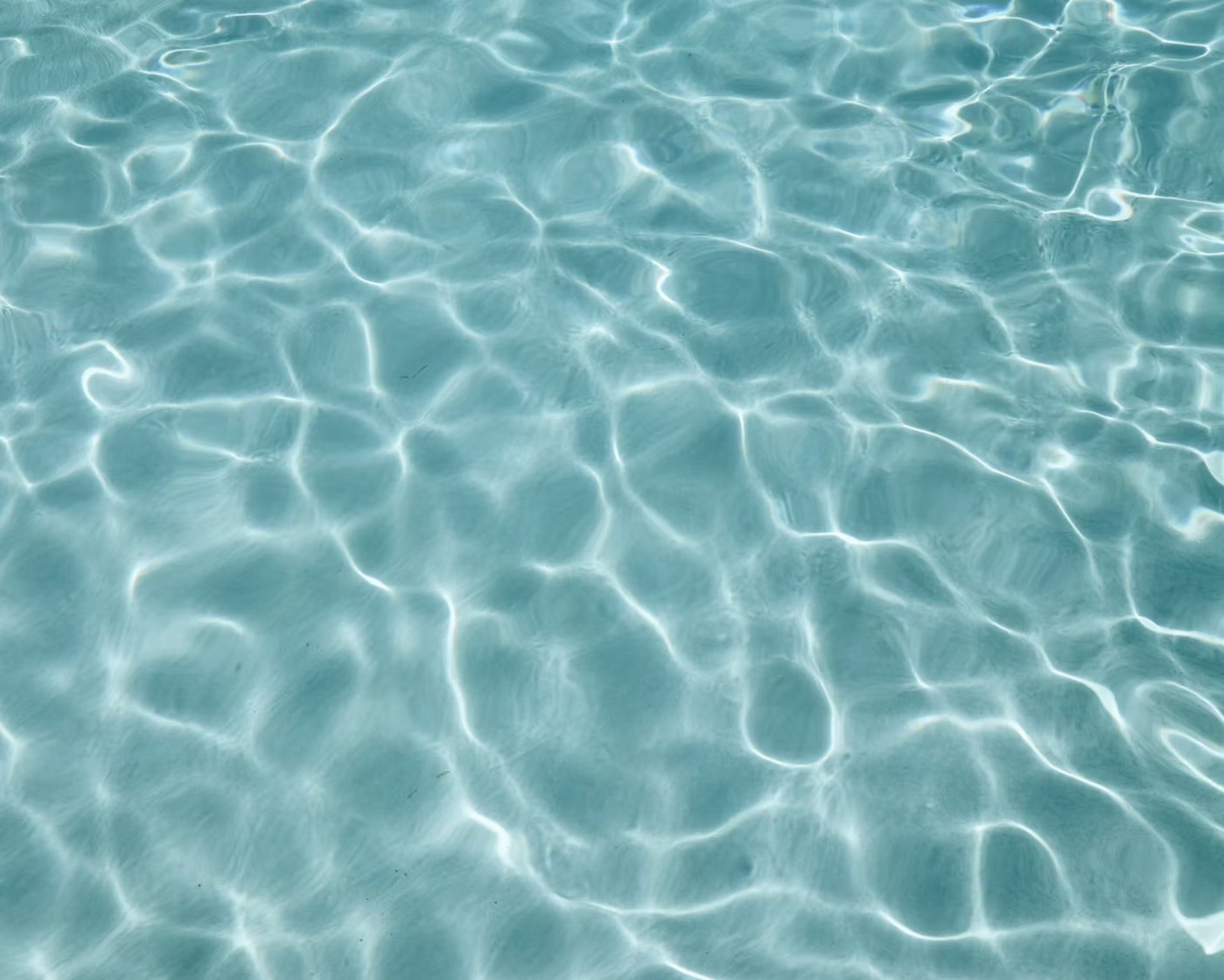
Essential Pool Cleaning Equipment: The Foundational Tools and Supplies You Need to Start!
1. Core Cleaning Tools
- Telescopic Pole: Suitable pole for attaching skimmers, brushes, and vacuums.
- Leaf Net: Removes leaves, insects, and floating debris.
- Pool Brush
- Nylon brush: For vinyl, fiberglass, or painted pools.
- Stainless steel brush: For concrete/gunite pools (aggressive scrubbing).
- Manual Pool Vacuum:
1. Vacuum head + hose + telescopic pole.
2. Works with the pool’s filtration system to clean debris from the floor.
- Pool Vacuum Hose: Flexible hose for manual vacuuming.
2. Filtration & Water Circulation Tools
- Filter Maintenance Supplies:
- Backwash hose (for sand or DE filters).
- Cartridge filter cleaner spray (if applicable).
- Skimmer Basket & Pump Basket: Keep extras on hand for quick replacement.
3. Water Testing & Treatment Basics
- Test Kit/Strips: Measures pH, chlorine, alkalinity, and cyanuric acid.
We need to keep the pH between 7.2 and 7.6
- Chemicals (Minimum Essentials):
- Chlorine tablets or liquid chlorine.
- pH increaser and decreaser.
- Alkalinity increaser.
- Pool shock.
4. Safety & Maintenance Gear
- Gloves: Chemical-resistant for handling chlorine and acids.
- Goggles: Protect eyes from splashes.
- Closed-Toe Shoes: Non-slip footwear for wet surfaces.
- First Aid Kit: For minor injuries.
5. Miscellaneous Essentials
- Garden Hose: For refilling water and rinsing equipment.
- Bucket: Mixing chemicals or pre-dissolving shock treatments.
- Plunger or Drain Cleaner: For clogged skimmers or drains.
Optional but Highly Recommended
- Automatic Pool Cleaner (e.g., robotic or suction-side): Saves time on large pools.
- Wall Brush: For tile/waterline scrubbing (prevents calcium buildup).
- Pool Thermometer: Monitor water temperature for seasonal adjustments.
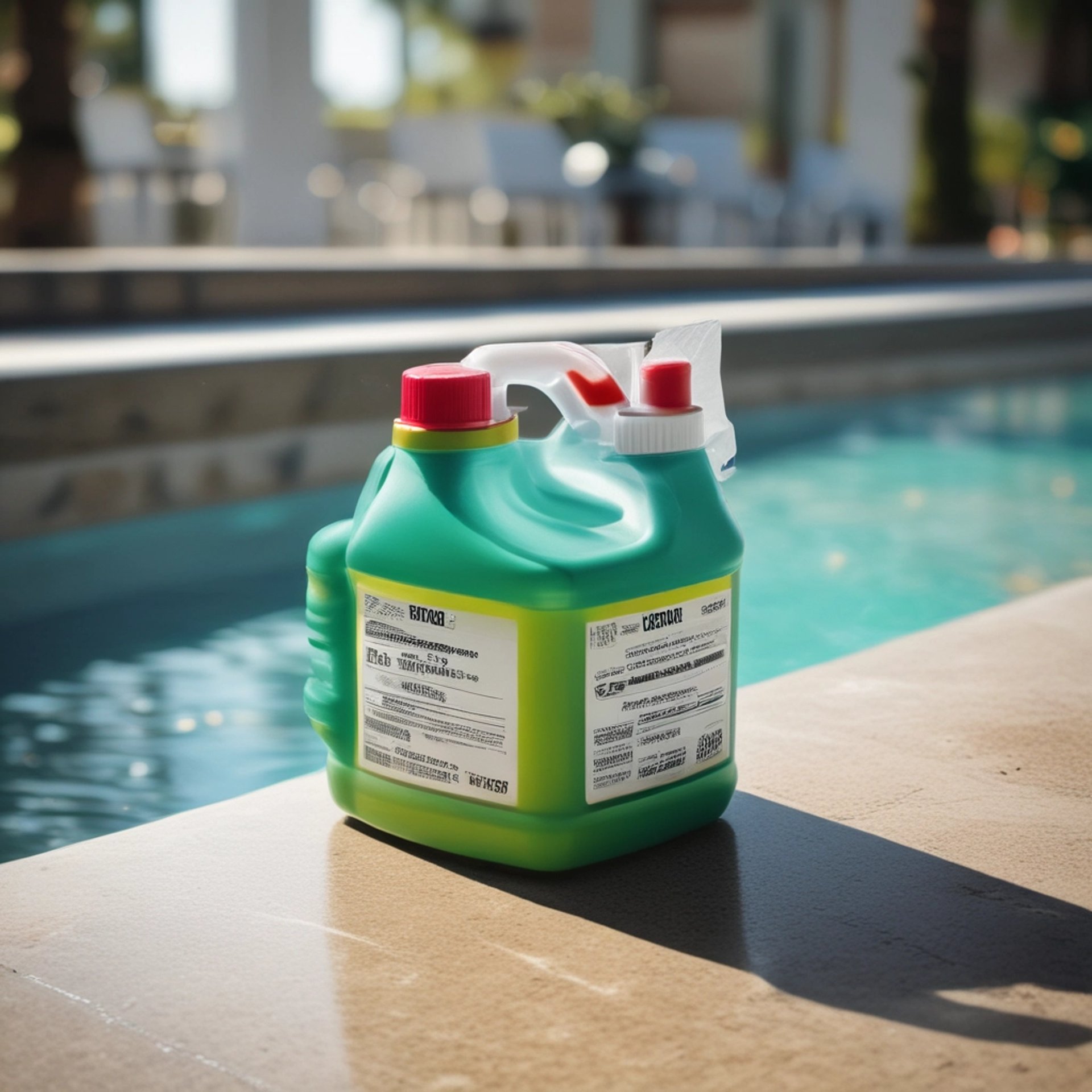
How to Choose the Chemicals When We Are Cleaning Our Pools
Choosing the right chemicals for your pool cleaning service is essential for maintaining a clean and safe swimming environment.
First, we can research for local chemists who specialize in pool care and have a good reputation. If he has the certifications and has engaged the pool care for a long time, we can ask about the questions about water balance and safety.
Additionally, consider asking for recommendations from experienced friends or checking online reviews to get information about the chemicals. It’s also beneficial to inquire about the function of these chemicals and whether they suit our pool, so choosing the chemicals is the important part of pool cleaning.
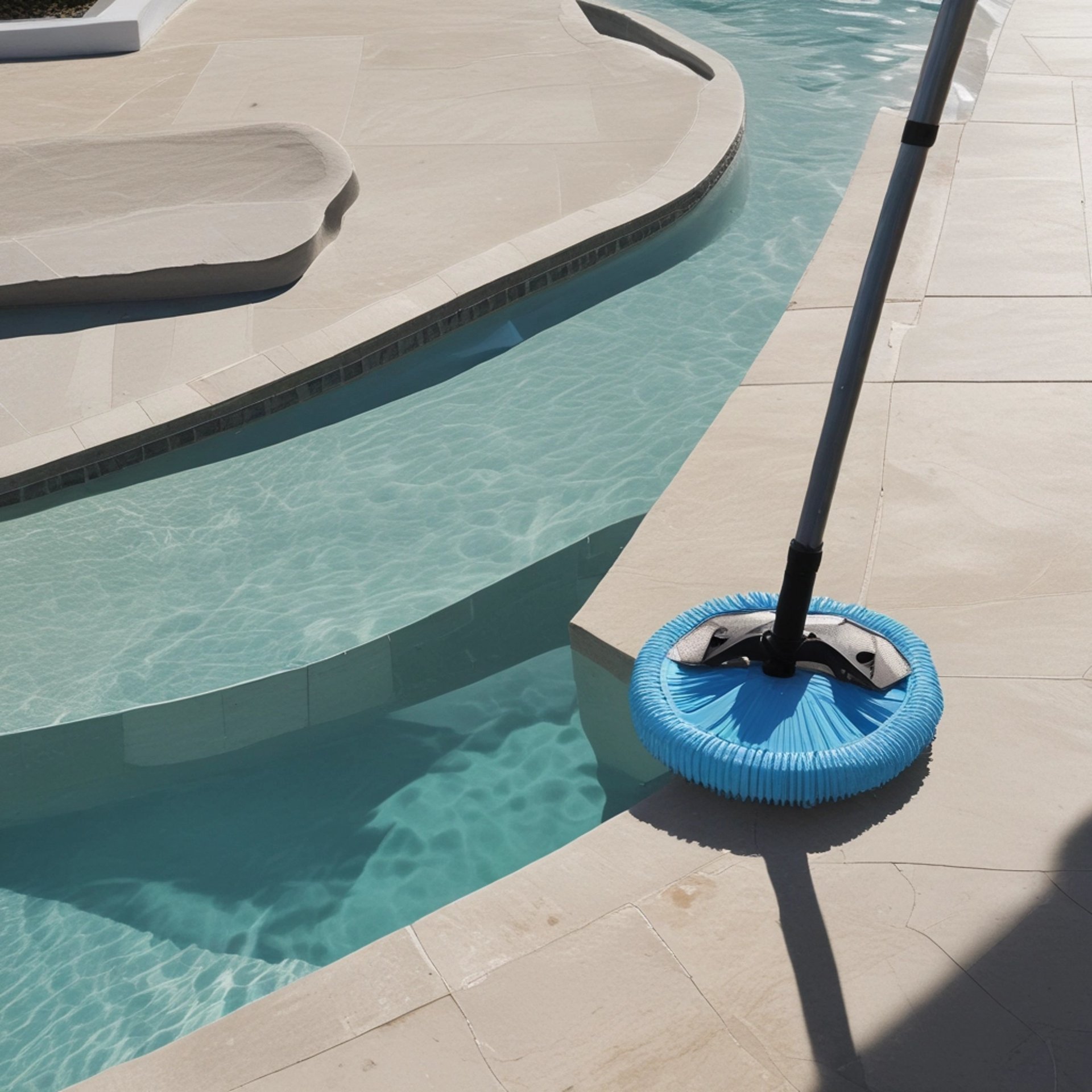
How Often Should You Clean Your Pool?
How Often Should You Clean Your Pool?
1. Daily Tasks: Skim and Check
- Skim Debris: Remove leaves, insects, and floating debris daily using a skimmer net. This prevents clogs and maintains water clarity .
- Check Water Levels: Ensure the water level stays midway up the skimmer opening to maintain proper filtration.
- Monitor Chemical Levels: Test pH and chlorine levels daily, especially during heavy use or hot weather. Aim for a pH of 7.2–7.6 and chlorine levels of 1–3 ppm .
2. Weekly Maintenance: Deep Clean and Balance
- Vacuum the Pool: Use an automatic or manual vacuum to remove dirt from the floor and walls. This prevents algae buildup .
- Brush Surfaces: Scrub tiles, ladders, and corners to dislodge algae and calcium deposits.
- Shock the Water: Add a chlorine shock treatment weekly to eliminate contaminants and maintain sanitizer effectiveness.
3. Monthly Deep Cleaning
- Clean Filters: Backwash sand or DE filters monthly, and rinse cartridge filters. Dirty filters reduce circulation and efficiency .
- Inspect Equipment: Check pumps, heaters, and pipes for leaks or wear. Replace worn O-rings or gaskets to avoid costly repairs.
- Check Salt Levels (for Saltwater Pools): Ensure salt concentrations stay within the manufacturer’s recommended range.
4. Seasonal Tasks: Open and Close Properly
- Opening the Pool:
- Remove winter covers and clean them thoroughly.
- Refill water, balance chemicals, and run the filtration system for 24–48 hours.
- Closing the Pool:
- Lower water levels, drain equipment, and add winterizing chemicals.
- Cover the pool securely to keep out debris .
5. Annual Professional Checks
- Hire a Pool Service: Schedule a professional inspection annually to assess structural integrity, equipment performance, and potential leaks.
- Drain and Refill (if needed): Depending on usage and water quality, partial or full draining may be necessary every 3–5 years.
Factors That Affect Cleaning Frequency
- Usage: Pools used daily by families or pets require more frequent cleaning.
- Weather: Heavy rain, wind, or pollen may demand extra skimming and chemical adjustments.
- Landscaping: Trees near the pool increase debris, necessitating daily skimming.

What does the routine pool cleaning include?
1. Surface Skimming and Debris Removal
Skimming the Surface: Removing floating debris such as leaves, insects, and dirt using a skimmer net.
Cleaning Baskets: Emptying and cleaning skimmer and pump baskets to ensure proper water flow through the filtration system.
2. Brushing and Vacuuming
Brushing Pool Walls and Waterline: Brushing the walls, steps, and waterline helps dislodge algae, dirt, and any buildup on the surfaces.
Vacuuming the Pool Floor: Using a manual or automatic pool vacuum to clean up fine debris and sediment from the pool floor.
3.Water Chemistry Testing and Balancing
Chemical Testing: Measuring key parameters such as pH, free chlorine, alkalinity, calcium hardness, and stabilizer (cyanuric acid) levels.
Chemical Adjustments: Adding the appropriate chemicals (such as chlorine, pH adjusters, or algaecides) to ensure the water remains safe, clear, and balanced.
4.Filter Maintenance
Inspecting Filters: Checking the filter’s pressure gauge to determine if cleaning or backwashing is needed.
Backwashing or Cleaning: If necessary, cleaning or backwashing the filter to remove trapped debris, which helps maintain optimum filtration performance.
5.Equipment and Overall Pool Inspection
Water Level Check: Ensuring that water levels are maintained, as low water can affect pump performance.
General Inspection: Examining pool equipment (like pumps and chlorinators) for any obvious signs of wear or damage and reporting any issues that might require repair.